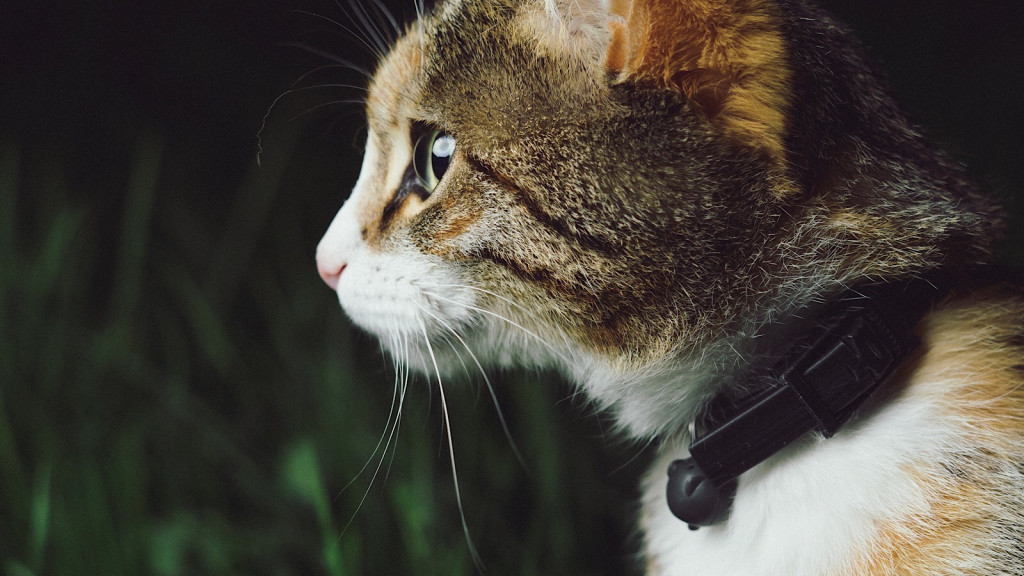Our own personal security is paramount, but what about the security of the parts of our family that we look after and care for?
Your online life is likely protected by a degree of security, be it a passcode or something a little more digitally built up, like that of an internet security platform. In fact, we have lots of different ways to keep ourselves protected in our lives, from those security solutions to security cameras, to the tricks that help us tell the difference between real and scam.
But what about the individuals in our life that can’t be protected by security techniques? What about the characters in our life that rely on us to help keep them safe?
When it comes to pets, we can protect them with a home over their heads, and food and water and lots of love, but the technology we use to protect their existence may in turn be leaving us open to vulnerabilities.
In fact, security provider Kaspersky Lab has released a report to find out how pet owners from around the world use technology to monitor their pet’s safety, and if that in turn poses risks. Frustratingly, the news is that it very well might, as the devices we turn to for the safeguarding of our pet’s lives may end up having the very flaws we’d least expect.
Kaspersky has even found that vulnerabilities exist in cat and dog trackers that allows the information about those pets to be manipulated, changing the pet’s location and going so far as to take information about the owner, but the device security can go deeper than that.
For instance, if an automatic pet feeder is connected to the web and then hacked, is it possible that the food won’t come out, leaving the pet hungry? What happens if an aquarium’s temperature controller is net connected and is broken into, overheating?
Ransomware is already prolific on smartphones and computers, forcing people to either use a backup or pay up, (which isn’t recommended), but what happens when that security exploit turns to a member of the family, and one that can’t protect itself?
Kaspersky is highlighting these issues, discovering that of the over 7000 pet owners it has surveyered from around the world, already 14 percent have seen digital pet monitoring devices hacked.
That’s a handful, but it’s an area that is set to grow, as technology takes over more aspects of our lives, and we find new ways to integrate for asssitance. The security conundrum isn’t going to go anywhere fast, either, and is only going to get more relevant, especially as more devices get net connected for the sake of convenience and control.
As everything seeks to connect with the Internet of Things, it’s important to be aware of the holes these gadgets we rely might have, forcing us to think on how to best keep everything protected.
Fortunately, the solution might just be similar solutions to what we do for ourselves.
“To avoid unpleasant consequences, it is important to implement simple security measures in advance, and have a backup plan in the event of device failure or infection,” said Noushin Shabab, Senior Security Researcher at Kaspersky Lab in Australia.
“Last but not least, you need to choose your digital device carefully, focusing on the most important thing: your pet’s safety,” she said.

This means you might want to consider pet gadgets from brands you’ve heard of, or give them a bit of a research and see what the security policy looks like.
Quite a few internet connected gadgets (we’d say most) have been seen to be a security researcher by the time you’re considering plonking down money, so visit your old friend Google and check to see whether there’s anything to be concerned about, searching for the product with “security” added in the search.
If there’s little to no information available and you still want the gadget, be sure to keep it up to date, and you may want to consider disabling remote access. While this kind of smacks in the face of what the Internet of Things is all about, it should provide the protection needed until all gadgets get their security acts together.
In the end, it’s about what can protect your pet from issues on the internet, even if the gadget’s aim was to do that in the first place.







